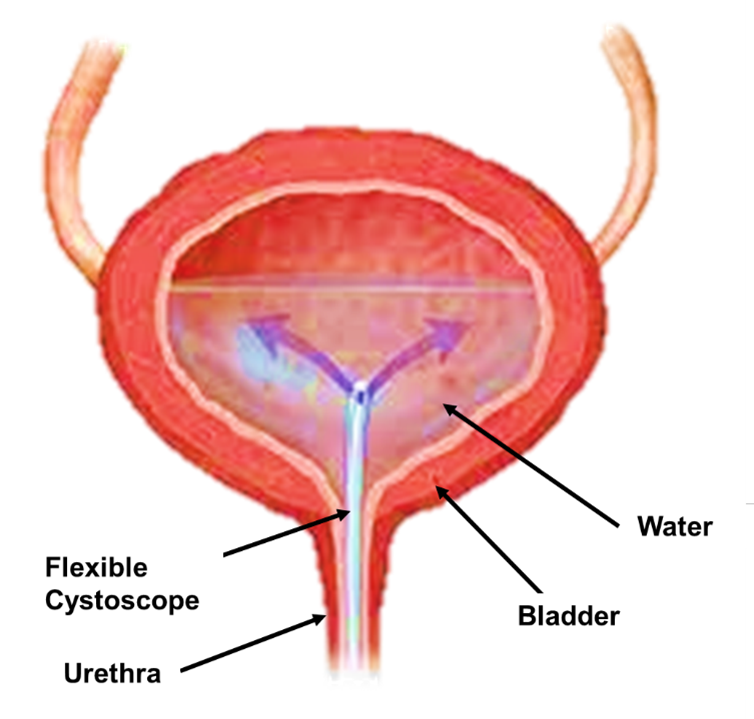- Mon to Fri : 10:00AM - 06:00PM 0121 368 9200
- Do You Have a Question? hello@mevic.com
- 2750 Quadra Street Victoria, Canada Find Us on Map
Latest resources, sent to your inbox weekly

A cystoscopy is a procedure where a thin, telescopic camera (cystoscope) is used to look inside the bladder.
The cystoscope is inserted into the bladder through the urethra (tube used to pass urine). This will allow your specialist to see inside the bladder. Some bladder problems can be treated at the same time by passing small surgical instruments down the cystoscope.
Types of cystoscopy:
A cystoscopy is a very safe procedure and serious complications are very rare. The main risks include:
Cystoscopy is used to look for and treat problems in the bladder or urethra. Examples of its use include:
Cystoscopy is usually not painful, but can be slightly uncomfortable.
Local anaesthetic gel is used for a flexible cystoscopy to numb the urethra. This will reduce discomfort and pain when the cystoscope is used. If you wish, you can take some simple painkillers beforehand.
Rigid Cystoscopies will be done under general anaesthetic (where you are asleep). This will mean you will have no pain while the procedure is carried out.
You will likely have some discomfort while urinating following a cystoscopy. This should reduce after a few days.
You should recover quickly following a cystoscopy, being able to leave hospital in a couple of hours and return to normal activities.
You should be able to go back to work, exercise and have sex as soon as you feel comfortable and able. With a flexible cystoscopy this could be the same day, or a few days with a rigid cystoscopy.
It is normal to have some discomfort when urinating and some blood in your urine for a day or two. See your GP or specialist if this discomfort is severe or does not improve after a few days. You should also see them if you have a high temperature.
